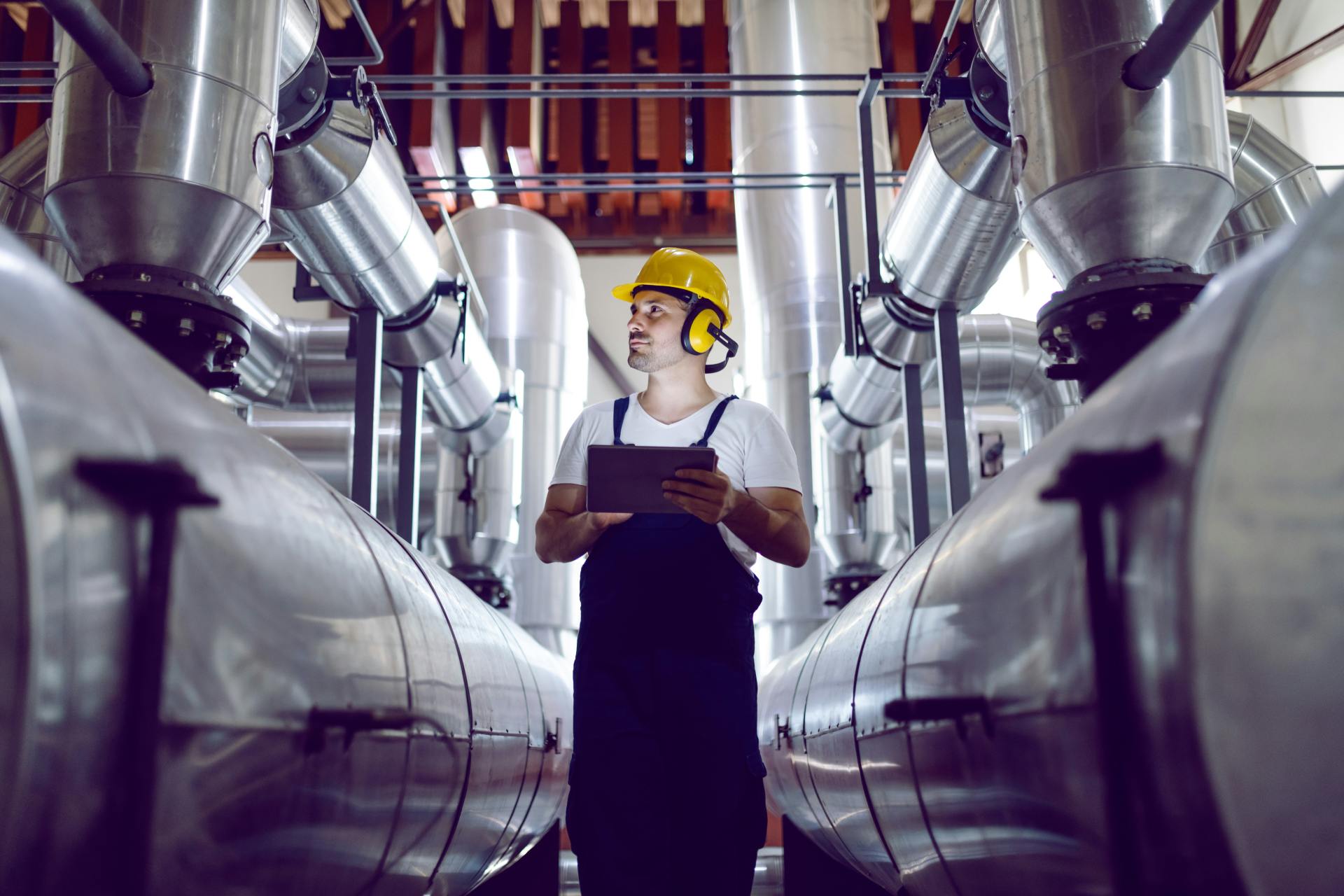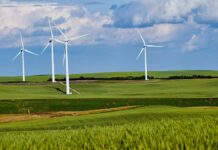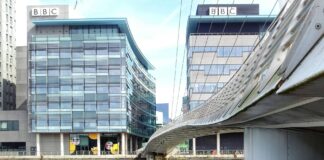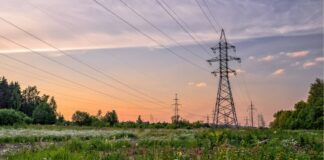Heat networks have a key role to play in the UK’s net zero journey. For businesses, they present both a sustainability opportunity and a commercial challenge: reducing carbon, cutting energy costs, and reshaping how organisations report emissions.
The latest episode of the Sustainably Speaking podcast from Sustainable Energy First dives further into this topic, bringing together expert voices to unpack what heat network efficiency means for organisations today.
This discussion brings in industry leaders, including:
- Lars Fabricius, Managing Director of SAV Systems
- Andy Pickard, Net Zero Innovation Delivery Officer at Blackpool Council
What are heat networks?
Heat networks (also known as district heating) are systems that distribute heat from a central source to multiple buildings through a network of insulated pipes. Instead of each building running its own boiler or electric heating, a shared network improves efficiency and reduces emissions.
Heat can come from combined heat and power plants, renewable sources, or recovered “waste heat” from industrial operations, turning an energy challenge into a business opportunity.
Why heat networks matter for business
Heating is one of the UK’s most carbon-intensive sectors, and companies face increasing pressure to cut emissions under schemes such as SECR, ESOS, and the UK ETS. Heat networks offer a way to:
- Reduce Scope 1 and 2 emissions tied to heating.
- Lower energy costs through shared infrastructure.
- Create new commercial models via long-term supply contracts.
As pressure mounts from regulators, investors and customers, businesses can no longer afford to overlook heat networks as part of their net zero strategy.
Listen to the full episode
This episode of Sustainably Speaking offers a clear, practical look at why heat networks are a vital part of the commercial conversation on net zero. For the full conversation you can listen to the podcast here.















